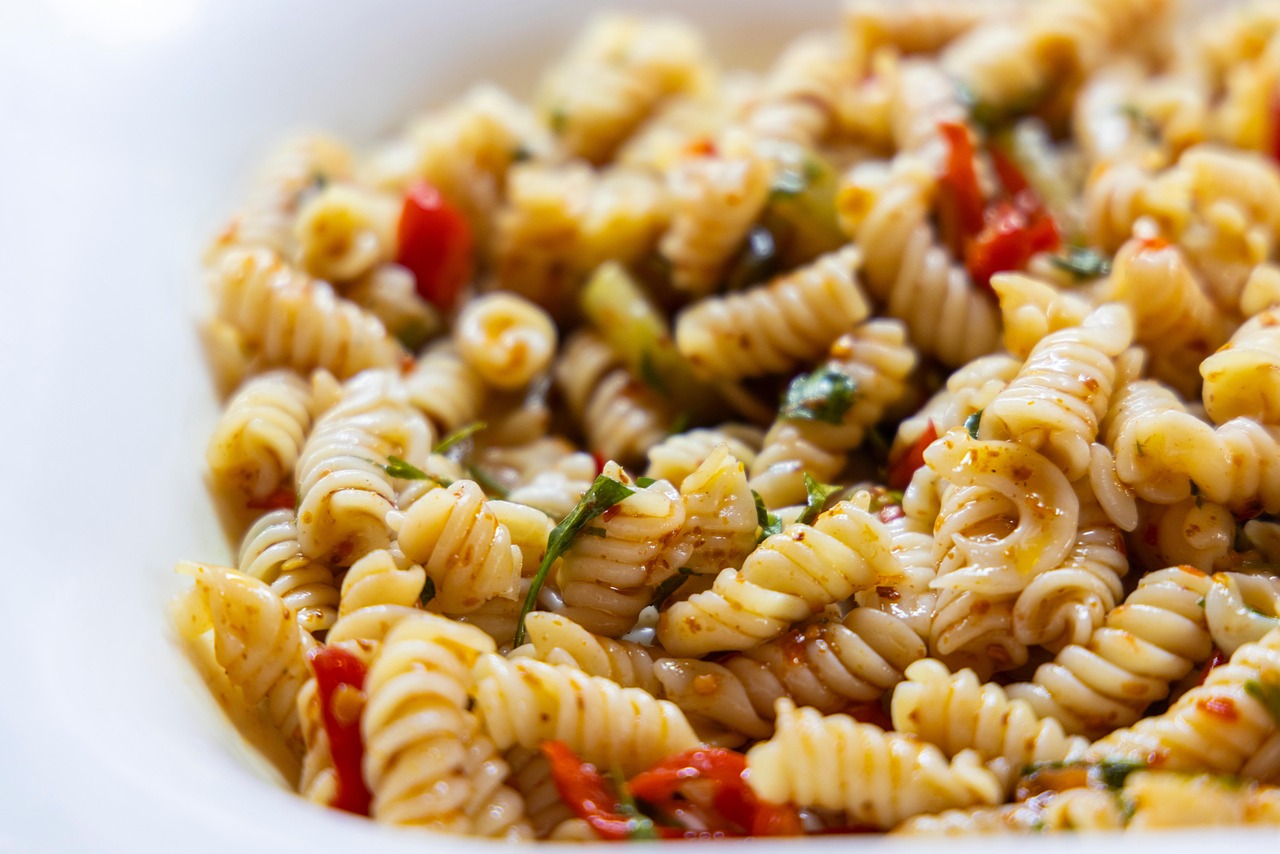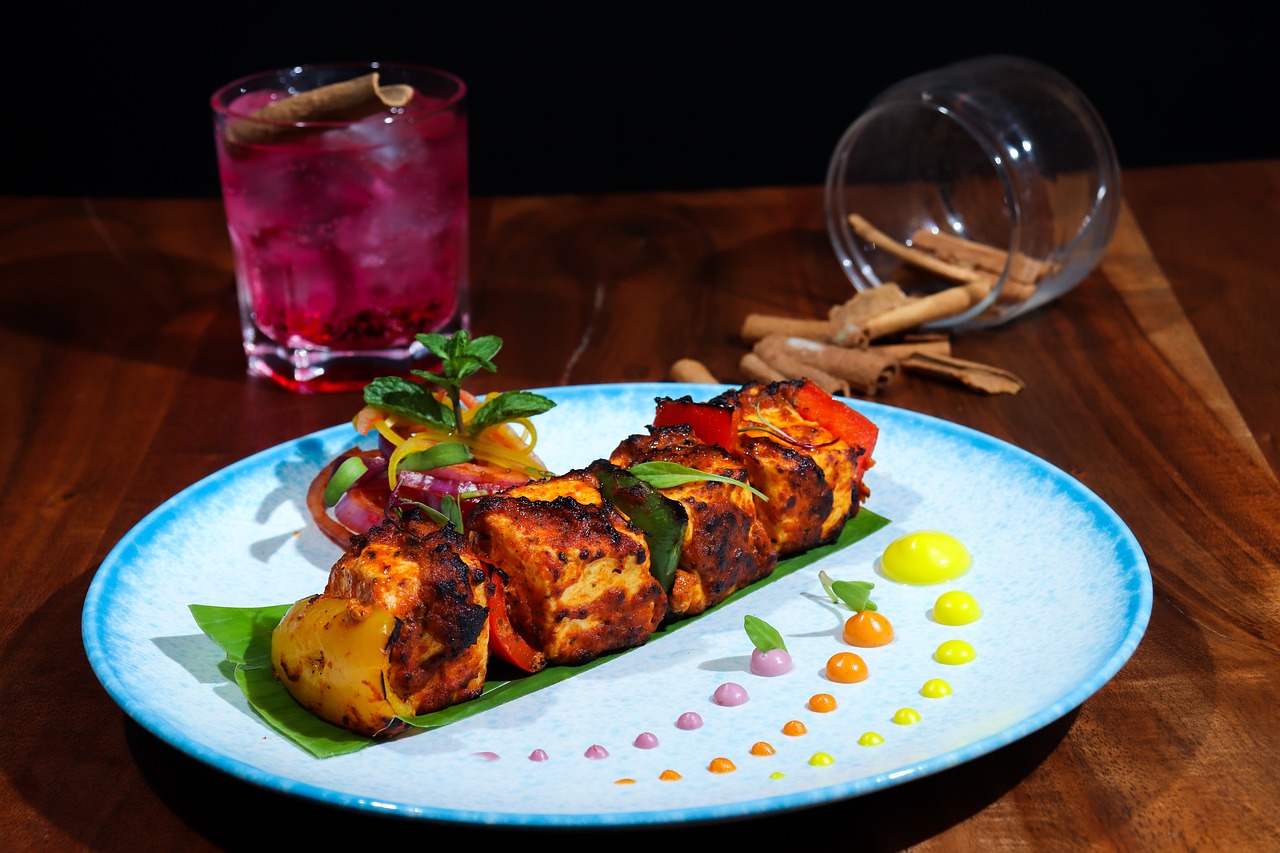7-Day Gallbladder Diet Menu Plan , often caused by gallstones or inflammation, affects millions globally, leading to symptoms like abdominal pain, nausea, and bloating. Diet plays a pivotal role in managing these symptoms, reducing strain on the gallbladder, and promoting overall digestive health. This 7-day gallbladder diet menu plan is designed to provide balanced, low-fat, high-fiber meals that support gallbladder function, ease discomfort, and align with recommendations from health experts. Spanning breakfast, lunch, dinner, and snacks, each day offers practical, nutrient-dense options tailored to minimize flare-ups while ensuring variety and flavor.
Understanding the Gallbladder and Dietary Needs
The gallbladder, a small organ beneath the liver, stores bile to aid fat digestion. 7-Day Gallbladder Diet Menu Plan Gallstones or cholecystitis (inflammation) can block bile flow, triggering pain, especially after fatty meals. A gallbladder-friendly diet emphasizes:
- Low Fat: Limiting saturated and trans fats to reduce bile demand.
- High Fiber: Promoting digestion and reducing gallstone risk.
- Small, Frequent Meals: Easing gallbladder workload.
- Hydration: Supporting bile flow and digestion.
- Whole Foods: Minimizing processed foods high in sugar and unhealthy fats.
7-Day Gallbladder Diet Menu Plan avoids common triggers like fried foods, full-fat dairy, and refined carbs while incorporating fruits, vegetables, lean proteins, and whole grains. It’s not a cure for gallstones, which may require surgery, but it can alleviate symptoms and improve overall health. Always consult a doctor or dietitian before starting, especially if you have other conditions.
7-Day Gallbladder Diet Menu Plan
Below is a detailed menu for seven days, with three meals and two snacks daily. Portions are flexible—smaller, more frequent meals may suit some better. 7-Day Gallbladder Diet Menu Plan Each day includes roughly 1,500–1,800 calories, adjustable based on activity level, age, and health needs. Recipes use minimal fat (e.g., olive oil in small amounts) and prioritize steaming, baking, or grilling.
Day 1
- Breakfast: Oatmeal with skim milk, topped with sliced strawberries and a teaspoon of chia seeds (fiber-rich, low-fat start).
- Snack: A medium apple with a tablespoon of almond butter (healthy fats, fiber).
- Lunch: Grilled chicken breast salad with mixed greens, cherry tomatoes, cucumber, shredded carrots, and lemon-vinegar dressing (lean protein, high-fiber veggies).
- Snack: Air-popped popcorn seasoned with herbs (low-fat, whole-grain snack).
- Dinner: Baked cod with quinoa and steamed broccoli, flavored with garlic and a splash of orange juice (omega-3s, fiber).
- Rationale: Oats and strawberries provide soluble fiber to aid digestion, while cod offers protein without excess fat. Small portions spread out reduce gallbladder strain.
Day 2
- Breakfast: Whole-grain toast with mashed avocado (¼ portion) and sliced kiwi, sprinkled with flaxseeds (healthy fats, vitamin C).
- Snack: Low-fat Greek yogurt with blueberries (probiotics, antioxidants).
- Lunch: Brown rice bowl with roasted tofu, zucchini, bell peppers, and a drizzle of low-sodium soy sauce (plant-based protein, fiber).
- Snack: Carrot sticks with hummus (fiber, minimal fat).
- Dinner: Turkey meatballs (lean ground turkey) with whole-wheat pasta and marinara sauce, served with steamed spinach (low-fat protein, iron).
- Rationale: Avocado’s monounsaturated fats are gallbladder-friendly in moderation, while tofu and turkey diversify protein sources. Spinach adds iron and fiber to support digestion.
Day 3
- Breakfast: Smoothie with spinach, banana, skim milk, and a tablespoon of peanut butter (fiber, potassium, low-fat).
- Snack: A pear with a handful of walnuts (fiber, healthy fats).
- Lunch: Lentil soup with carrots, celery, and kale, paired with a whole-grain roll (high-fiber, plant-based protein).
- Snack: Sliced cucumber with a low-fat cottage cheese dip (hydrating, calcium).
- Dinner: Grilled salmon with roasted sweet potatoes and asparagus, seasoned with rosemary (omega-3s, vitamin A).
- Rationale: Lentils and kale boost fiber to reduce cholesterol buildup, a gallstone risk factor. Salmon’s omega-3s may lower gallstone formation, per studies.
Day 4
- Breakfast: Quinoa porridge with almond milk, diced peaches, and a pinch of cinnamon (fiber, low-fat).
- Snack: A handful of raspberries and a low-fat string cheese (vitamin C, calcium).
- Lunch: Grilled shrimp wrap with whole-wheat tortilla, lettuce, tomato, and a tablespoon of low-fat yogurt dressing (lean protein, fiber).
- Snack: Baked apple chips (no added sugar) (fiber, low-calorie).
- Dinner: Baked chicken breast with wild rice and roasted Brussels sprouts, flavored with lemon zest (lean protein, cruciferous veggies).
- Rationale: Shrimp and chicken provide low-fat protein, while Brussels sprouts offer fiber and vitamin C, supporting bile flow. Quinoa adds variety to grains.
Day 5
- Breakfast: Egg white scramble with spinach, mushrooms, and whole-grain toast (low-fat protein, fiber).
- Snack: A small orange and a few almonds (vitamin C, healthy fats).
- Lunch: Chickpea salad with cucumber, red onion, parsley, and a lemon-olive oil dressing (1 tsp oil) (plant-based protein, fiber).
- Snack: Low-fat kefir smoothie with mixed berries (probiotics, antioxidants).
- Dinner: Grilled tilapia with barley and steamed green beans, seasoned with dill (omega-3s, fiber).
- Rationale: Egg whites avoid yolk’s fat, while chickpeas and barley enhance satiety and digestion. Kefir supports gut health, potentially easing bloating.
Day 6
- Breakfast: Buckwheat pancakes (made with skim milk) topped with sliced banana and a drizzle of maple syrup (fiber, low-fat).
- Snack: A handful of grapes and a low-fat mozzarella stick (hydrating, calcium).
- Lunch: Baked turkey breast with roasted root vegetables (carrots, parsnips) and a side of arugula (lean protein, fiber).
- Snack: Celery sticks with a tablespoon of tahini (fiber, healthy fats).
- Dinner: Vegetarian stir-fry with tofu, broccoli, bell peppers, and brown rice, flavored with ginger and low-sodium tamari (plant-based, fiber-rich).
- Rationale: Buckwheat and root vegetables diversify fiber sources, while tofu’s low-fat protein suits sensitive digestion. Ginger may reduce inflammation.
Day 7
- Breakfast: Chia seed pudding (made with almond milk) with mixed berries and a sprinkle of granola (fiber, antioxidants).
- Snack: A medium peach with a tablespoon of sunflower seeds (vitamin C, healthy fats).
- Lunch: Grilled vegetable sandwich on whole-grain bread with hummus, lettuce, and tomato (fiber, plant-based).
- Snack: Low-fat cottage cheese with pineapple chunks (protein, hydrating).
- Dinner: Baked halibut with couscous and steamed zucchini, seasoned with parsley and lemon (omega-3s, fiber).
- Rationale: Chia seeds and couscous provide soluble fiber, while halibut’s lean protein supports recovery. Pineapple’s enzymes may aid digestion.
Nutritional Breakdown and Benefits
Key Nutrients
- Fiber: Each day includes 25–35 grams of fiber from fruits (berries, apples), vegetables (broccoli, kale), and whole grains (quinoa, brown rice). Fiber reduces cholesterol in bile, lowering gallstone risk.
- Lean Protein: Chicken, fish, tofu, and legumes provide 50–70 grams daily, supporting muscle maintenance without taxing the gallbladder.
- Healthy Fats: Limited to 20–30 grams (e.g., olive oil, nuts), these promote bile flow without overloading digestion.
- Vitamins and Minerals: Vitamin C (citrus, peppers), calcium (low-fat dairy), and omega-3s (fish) support gallbladder and overall health.
Benefits
- Symptom Relief: Low-fat meals reduce bile release, easing pain during flare-ups.
- Gallstone Prevention: High-fiber foods lower cholesterol crystallization in bile.
- Improved Digestion: Smaller meals prevent overloading the digestive system.
- Weight Management: Balanced calories and fiber promote a healthy weight, reducing gallstone risk.
- Gut Health: Probiotics (yogurt, kefir) and prebiotics (fruits, veggies) support microbiome balance.
Practical Tips for Success
- Portion Control: Aim for 4–6 small meals to minimize gallbladder contractions. For example, split lunch into two servings an hour apart.
- Cooking Methods: Steam, bake, or grill to avoid added fats. Use non-stick pans or measure oil (1 tsp per person).
- Hydration: Drink 8–10 cups of water daily, plus herbal teas, to thin bile and aid digestion.
- Read Labels: Choose foods with less than 3 grams of fat per 100 grams. Avoid “low-fat” products high in sugar.
- Track Symptoms: Keep a food diary to identify triggers (e.g., specific veggies like cabbage may cause bloating for some).
- Season Smart: Use herbs (basil, dill), spices (turmeric, ginger), or citrus to enhance flavor without fat.
- Gradual Fiber Increase: If new to high-fiber diets, add 5 grams daily to avoid gas or cramping.
- Avoid Triggers: Skip fried foods, creamy sauces, full-fat dairy, and processed snacks (e.g., chips, pastries).
Considerations and Limitations
This menu is a general guide, not a one-size-fits-all solution. Individual needs vary:
- Allergies: Swap nuts for seeds if allergic, or tofu for fish if vegan.
- Post-Surgery: After gallbladder removal, some tolerate normal diets, but others need low-fat plans long-term to manage diarrhea.
- Other Conditions: Diabetes or IBS may require adjustments (e.g., lower-carb grains or FODMAP-friendly veggies).
- Weight Concerns: Underweight individuals should avoid calorie deficits; consult a dietitian for tailored plans.
Surgery may be needed for persistent gallstones, as diet alone won’t dissolve them. Regular check-ups ensure the plan aligns with health goals.
Scientific Backing
7-Day Gallbladder Diet Menu Plan Studies support this approach:
- A 2018 study found high-fiber diets reduce gallstone risk by lowering bile cholesterol.
- A 2021 study linked omega-3s (fish) to lower gallstone formation.
- Research shows small, frequent meals decrease biliary colic compared to large meals.
- The NIH recommends low-fat, high-fiber diets for gallbladder health, noting rapid weight loss increases gallstone risk.
Foods to Avoid with Gallbladder Issues
Gallbladder problems, like gallstones or inflammation (cholecystitis), can cause pain, nausea, or digestive discomfort, especially when eating certain foods. The gallbladder helps digest fats, so when it’s not functioning well, some foods can trigger or worsen symptoms. This article outlines foods to avoid for a gallbladder-friendly diet, based on widely recommended guidelines, to help manage discomfort. Always consult a healthcare provider for personalized advice.
Why Certain Foods Cause Trouble
When the gallbladder is compromised, it struggles to release bile effectively, making high-fat or hard-to-digest foods problematic. These can lead to pain, bloating, or even a gallbladder attack. Avoiding trigger foods reduces strain and supports symptom management.
Long-Term Sustainability
To maintain this diet beyond seven days:
- Rotate Foods: Swap salmon for trout, quinoa for farro, or kale for collards to keep meals exciting.
- Meal Prep: Batch-cook grains and proteins for convenience, storing in portioned containers.
- Dine Out Wisely: Choose grilled or steamed dishes, request dressings on the side, and avoid creamy sauces.
- Mindful Indulgences: If craving sweets, opt for fruit-based desserts (e.g., baked apples) over pastries.
- Community Support: Join online forums or consult dietitians for recipes and motivation.
Foods to Eat with Gallbladder Problems
Gallbladder issues, such as gallstones or inflammation, can make digestion tricky, especially with fatty or heavy meals. A thoughtful diet can ease symptoms like pain, nausea, or bloating while supporting overall health. Here’s a guide to foods that are generally safe and beneficial for people with gallbladder problems, based on established dietary recommendations.
Why Diet Matters
The gallbladder stores bile, which helps digest fats. When it’s not working properly—whether due to gallstones, cholecystitis, or other conditions—fatty foods can trigger discomfort. Low-fat, nutrient-rich foods are easier to digest and reduce strain on the gallbladder. Always consult a healthcare provider for personalized advice, as needs vary.
List of Foods You Can Eat with Gallstones
Gallstones can cause significant discomfort, including pain and nausea, particularly after eating fatty foods. These small, hardened deposits in the gallbladder can disrupt bile flow, making dietary choices critical for managing symptoms. A low-fat, high-fiber diet helps reduce strain on the gallbladder and supports digestion. Below is a concise list of foods safe for people with gallstones, designed to minimize flare-ups while maintaining nutrition. Always consult a doctor for tailored advice.
Fruits
Fruits are excellent for their fiber, vitamins, and antioxidants, which aid digestion and reduce inflammation. Safe options include peeled apples, bananas, berries (like blueberries and strawberries), and melons (watermelon or cantaloupe). These are low-fat and easy to digest, especially when eaten fresh or lightly cooked. Avoid heavy syrups or creamy toppings to keep them gallbladder-friendly.
Vegetables
Vegetables provide essential nutrients and fiber without taxing the gallbladder. Opt for steamed or roasted carrots, zucchini, green beans, and sweet potatoes. Leafy greens like spinach, when lightly cooked, are also gentle. Cooking vegetables reduces their bulk, making them easier to process than raw ones, which can sometimes cause bloating.
Lean Proteins
Protein is vital for health, but fatty meats can trigger symptoms. Safe choices include skinless chicken breast, turkey, and white fish like cod or tilapia, prepared by baking or grilling. Egg whites and soft tofu are great alternatives, offering protein without excess fat. Well-cooked lentils, in small portions, can also work for plant-based diets.
Whole Grains
Whole grains add fiber to prevent constipation, which can worsen gallstone discomfort. Oatmeal, brown rice, quinoa, and whole-grain bread (in moderation) are solid choices. These foods stabilize digestion when eaten in small servings. Avoid pairing them with rich sauces or butter to keep meals light.
Low-Fat Dairy
Dairy can be tricky, but low-fat options are generally safe. Skim milk, low-fat plain yogurt, and low-fat cottage cheese provide calcium and protein without triggering symptoms. Unsweetened plant-based milks, like almond or oat, are good substitutes for those avoiding dairy entirely. Steer clear of full-fat cheese or cream.
Healthy Fats (Sparingly)
While fats are limited, small amounts of healthy ones aid nutrient absorption. A teaspoon of olive oil, a thin slice of avocado, or a pinch of ground flaxseeds can be included sparingly. Distribute these across meals to avoid overloading the gallbladder at once.
Beverages
Hydration is key to supporting bile flow. Drink plenty of water (8-10 cups daily), herbal teas (peppermint or ginger), or clear vegetable broth. Diluted, sugar-free juices like apple or cranberry are fine in moderation. Avoid sugary sodas or alcohol, which can irritate the system.
Tips for Success
Eat small, frequent meals to ease digestion, and use simple cooking methods like steaming or baking. A sample day might include oatmeal with bananas for breakfast, grilled chicken with quinoa and carrots for lunch, and baked fish with sweet potatoes for dinner. Keep a food diary to track triggers and consult a dietitian for a personalized plan.
Conclusion
7-Day Gallbladder Diet Menu Plan offers a practical, science-backed approach to managing gallbladder symptoms through low-fat, high-fiber, nutrient-dense meals. From oatmeal with strawberries to baked halibut with couscous, each dish balances flavor and function, easing digestion while reducing flare-up risks. Small, frequent meals, hydration, and mindful cooking methods enhance its effectiveness, making it adaptable for diverse needs. 7-Day Gallbladder Diet Menu Plan While not a cure, this plan can improve quality of life, support weight management, and complement medical advice. Consult healthcare providers to customize it, especially pre- or post-surgery, and use it as a foundation for long-term digestive health. By prioritizing whole foods and informed choices, you can navigate gallbladder challenges with confidence and vitality.






